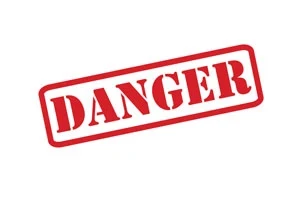
Counterfeiting Kills
Each year, the counterfeiting of well-known brands and products continues to rise, creating an even more threatening problem. Such well-known counterfeited brands, including consumer safety and critical electrical products, are estimated to be five to seven percent of world trade. The International Anti-Counterfeiting Coalition (IACC) estimates that the counterfeiting of distinguished brands costs industries $600 billion each year worldwide and may result in as many as 750,000 lost jobs every year in the United States.
...










